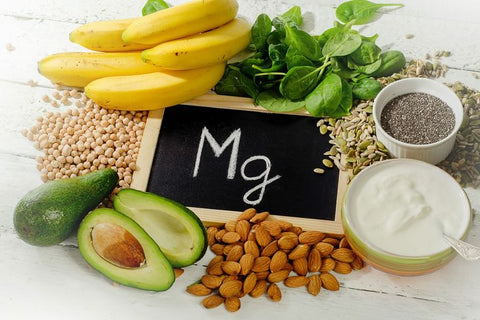There is no night or morning of Kings without its roscón... filled with cream, chocolate or marzipan, dipped in milk, chocolate or coffee... the fact is that this typical sweet from the beginning of January delights everyone.
This year you have an alternative to buying Roscón de Reyes from the supermarket – which is a processed food –. You can prepare it yourself at home!
You won't need hours to make it: it's easier than it seems... so much so that in just 10 minutes you can have your own Roscón de Reyes ready made in a... frying pan!
First of all, we want to give you some guidelines so that, if you cannot cook our roscón, you won't be given a "roscón" instead...take note!
5 keys to distinguish artisanal roscón from industrial one
The roscones that we sell can be industrial or artisanal. To distinguish them there are five fundamental keys:
1. Weight: industrial roscones weigh much less than artisanal ones and are more swollen. This is because, in order to reduce costs, they add more yeast so that they increase their volume and appear larger.
2. Duration: artisanal roscones remain tender for 1-2 days, while industrial ones last much longer because they contain many preservatives, colorants and stabilizers.
3. Shape: no two artisanal roscones are the same, the fermentation process makes them very different from each other. Industrial ones usually have a very homogeneous shape and are quite symmetrical.
4. Filling: industrial roscóns are not usually filled with real cream because it is more expensive, it is usually replaced with chantilly cream or a vegetable preparation that looks like cream.

5. Decoration: artisanal roscóns are usually quite decorated with lots of almonds, candied fruit and sugar pieces. In industrial ones, these elements are scarcer because they make the roscón more expensive.
The Origin of the Roscón
The origin of the Roscón de Reyes has nothing to do with the arrival of the Three Wise Men in Bethlehem to worship the Baby Jesus. Its history dates back to the Romans and a non-religious tradition. To be exact, this sweet is associated with Saturnalia, also known as the Feast of the Slaves.
In the 4th century, the Church converted the festivals into Christian celebrations and the history of the Roscón de Reyes was forgotten, except in France, where Le Roi de Fave (the king of the bean) began to be celebrated. Children were the protagonists and whoever found the bean was treated to gifts. Louis XV gave the final push to the tradition of the Roscón, hiding a coin inside and distributing it among the court. His uncle Philip V introduced the tradition in Spain, becoming a popular festival. It was during this period that the Roscón de Reyes joined the tradition of gift-giving, putting an end to Christmas.
From the 19th century onwards, the coin that was introduced was exchanged for a figurine and the bean became negative, since the person whose turn it was was in charge of paying for the roscón.

HEALTHY KING'S CAKE
INGREDIENTS for a small roscón:
80 grs of whole oat flour
2 eggs
5 grS of baking powder
1 tsp orange blossom water
Zest of one orange and one lemon
Stevia to taste
...for the cream:
1 can of coconut milk
30 gr of skimmed milk powder
...and to decorate:
Raw honey
Sliced almonds
Dehydrated fruits

PREPARATION :
Beat the ingredients until you get a homogeneous mixture without lumps.
Pour the mixture into a non-stick pan and cook over low heat while covered.
When bubbles form on the surface, turn it over with the help of a plate to cook the other side.
Once done, let it cool to room temperature. Then form a round circle with the help of a knife or cutter.
Cut the dough in half to fill it with cream: prepare it by first pouring the solid part of the can (the cream that remains on the surface) into a bowl and beat with the whisk. Then add the powdered milk and beat until combined.
Fill the roscón with a pastry bag.
Brush with honey and add fruit and almonds to decorate.




Comments (0)
There are no comments for this article. Be the first one to leave a message!